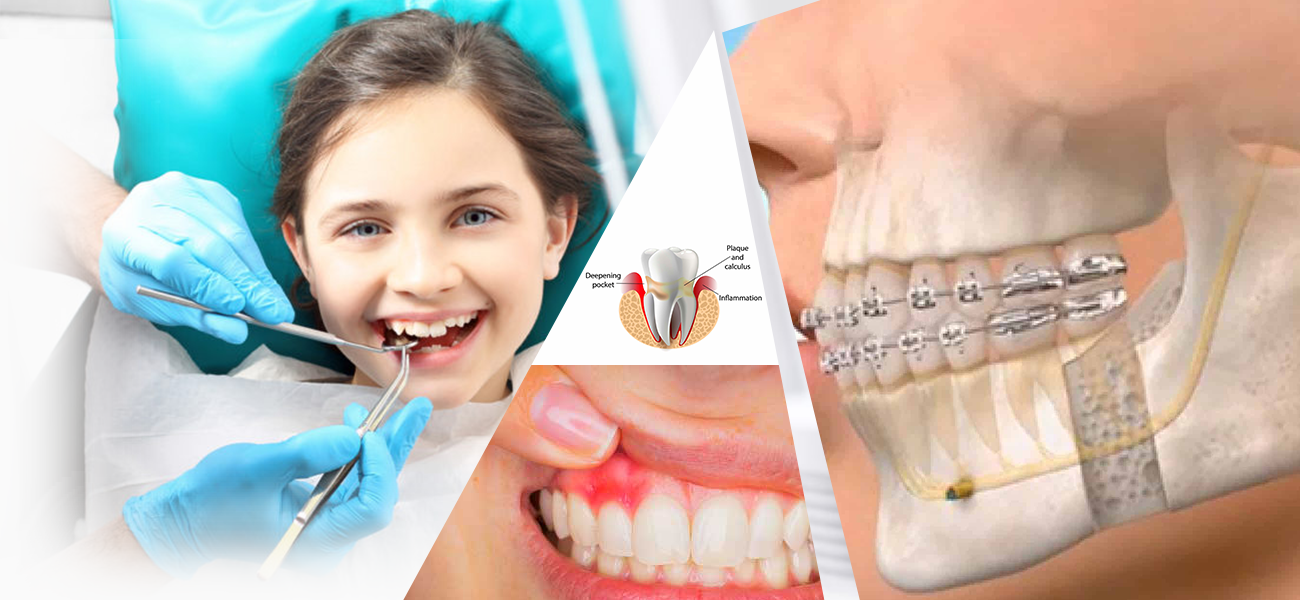Deep cleaning is also known in the dental world as scaling and root planing. The dental hygienist will use a scaling instrument to remove plaque and tartar from the surface of the roots of your teeth. A scaling and root planing procedure will require a minimum of two visits as an appointment.
The dentist may offer a local anesthetic if your deep cleaning is likely to be more irritating. General soreness, sensitive teeth and bleeding gums are normal after deep cleaning at the dentist's office. ... These areas aren't covered in enamel, so they're more sensitive than the rest of the tooth.
There is some confusion about the difference between scaling and root planing. Scaling is basically the process of removing dental tartar from the surfaces of the teeth Root planing is the process of smoothening the root surfaces and removing any infected tooth structure. If you have gum disease or gum pocketing, the gum pockets around the teeth will have deepened, thereby allowing tartar deposits to form under the gumline.
The two processes tend to blur together since during the cleaning process, the dental worker scales away tartar and performs any necessary root planing at the same time. Any roughness can be planed away to result in a silky smooth surface.


